PCBX.com Resources
Your source for industry knowledge, news, and expert insights

Latest Posts
Article

Nets in PCB design ensure logical connections from schematics to layout, enabling connectivity checks, design validation, and optimized manufacturing processes.
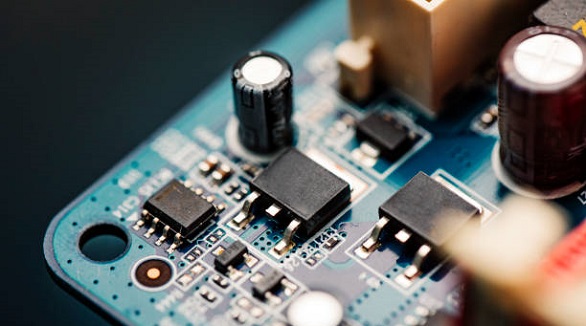
Effective power PCB design ensures high current handling, noise control, thermal management, and safety through specialized layout techniques and component selection.
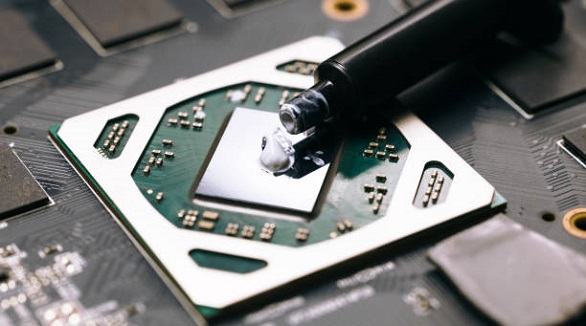
PCB glue secures and insulates components on PCBs, enhancing stability and durability under various conditions in electronics from consumer to aerospace uses.

Schematic diagrams use standardized symbols to illustrate electronic circuits, essential for design, analysis, and construction, bridging concepts and reality.
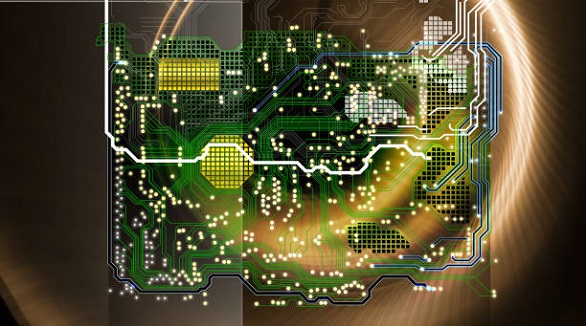
Power and ground planes in PCBs ensure signal integrity, manage heat, and minimize EMI, crucial for efficient, high-performance electronic devices.
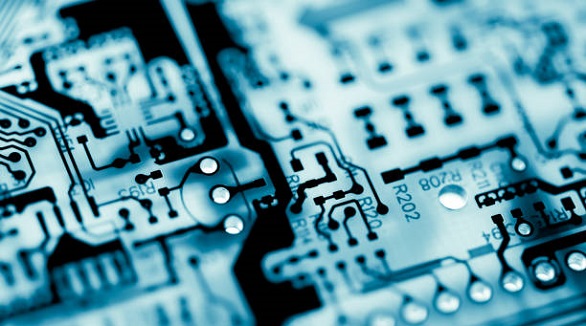
Tab routing in PCB manufacturing boosts efficiency and quality, ideal for non-linear shapes, offering flexibility, support, and cost-effectiveness in production.
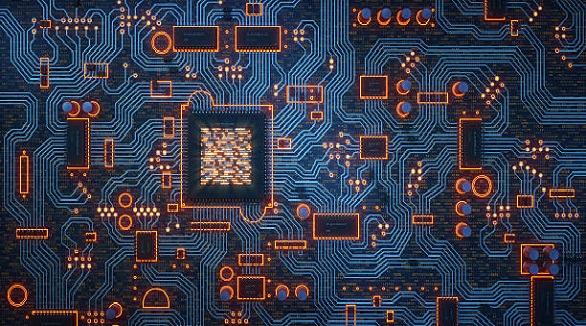
DFM ensures cost-effective PCB design by optimizing size, layers, materials, and components, focusing on manufacturability, reliability, and process efficiency.

Ceramic Substrate PCBs boost innovation with superior heat management, strength, and miniaturization, making them vital in electronics across industries.
